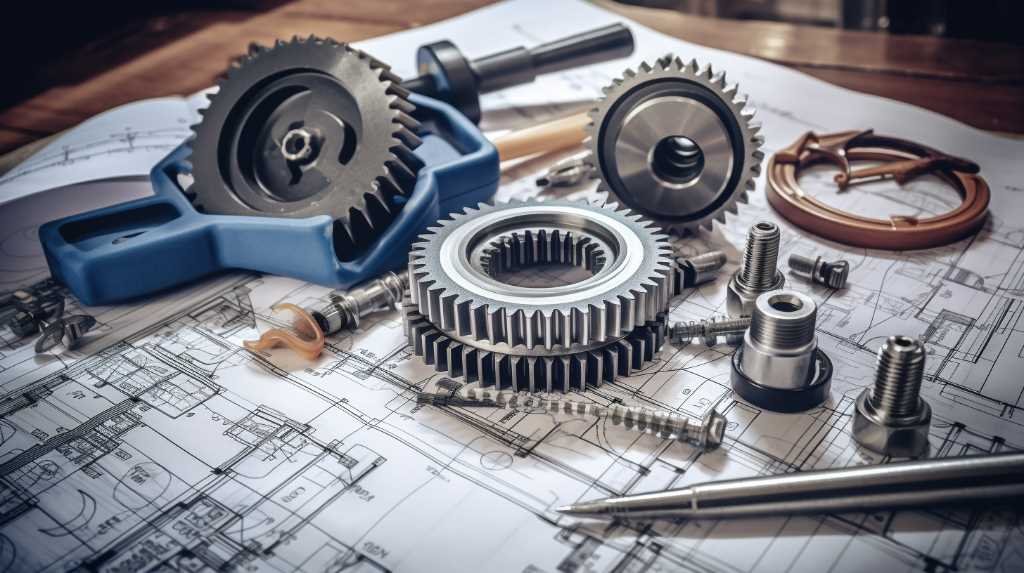Mechanical engineering has evolved far beyond manual drafting tables and physical prototypes. Today, Computer-Aided Design (CAD) and Computer-Aided Manufacturing (CAM) form the backbone of product development and production across industries — from automotive to aerospace.
These tools enable engineers to visualize, analyze, and manufacture components with unmatched accuracy and efficiency.
⚙️ What is CAD?
Computer-Aided Design (CAD) refers to the use of computer software to create precise 2D or 3D models of mechanical parts and assemblies.
CAD tools such as SolidWorks, AutoCAD, CATIA, and Siemens NX allow engineers to:
- Create detailed geometric models
- Perform stress and thermal simulations
- Optimize design parameters
- Generate technical drawings automatically
💡 Example: A mechanical engineer designing a gear train can use CAD to model each gear, simulate motion, and identify possible interference or misalignment before any material is cut.
What is CAM?
Computer-Aided Manufacturing (CAM) uses software to control machine tools and automate manufacturing processes.
It translates the digital design (CAD model) into G-code — the language machines understand — for CNC milling, turning, or 3D printing.
With CAM, engineers can:
- Simulate machining operations virtually
- Optimize toolpaths for precision and speed
- Reduce material waste and production time
- Ensure repeatability across production batches
⚙️ Example: In aerospace component production, CAM ensures each turbine blade is milled within micrometer-level tolerances.
The CAD–CAM Integration
When CAD and CAM are integrated, the transition from design to manufacturing becomes seamless. Engineers can:
- Update designs instantly and auto-adjust toolpaths
- Detect manufacturability issues early
- Shorten product development cycles
✅ Integrated platforms like Fusion 360, PTC Creo, or Solid Edge provide both CAD and CAM functionalities under one interface — streamlining the workflow.
Benefits in Mechanical Engineering
- Higher Accuracy: Reduces human error through digital precision.
- Faster Prototyping: 3D models can be simulated and adjusted quickly.
- Cost Efficiency: Minimizes material waste and manual rework.
- Innovation: Encourages complex designs that were once impossible to machine.
- Data Management: Centralizes models, drawings, and toolpaths for easy version control.
Future of CAD/CAM in Mechanical Engineering
The next generation of CAD/CAM systems is being shaped by:
- AI-driven design optimization
- Cloud collaboration
- Generative design
- Additive manufacturing (3D printing) integration
These innovations promise smarter, faster, and more sustainable engineering solutions.
Conclusion
CAD and CAM are no longer just tools — they are the language of modern mechanical engineering.
Mastering these technologies not only improves productivity but also opens pathways to innovation in every corner of the engineering world.

No comments yet. Be the first to comment!